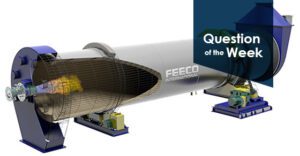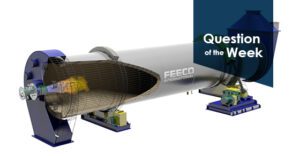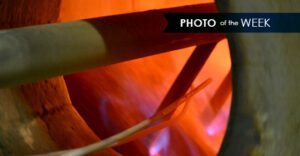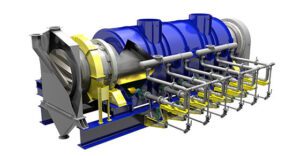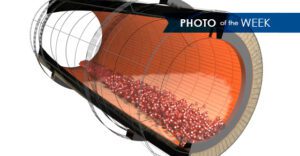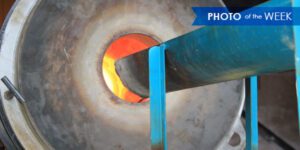COVID-19 Demands More Capacity for Medical Waste Incineration
The COVID-19 pandemic continues to push into unprecedented territory, overwhelming existing infrastructure in many sectors. As the virus continues to sweep both the nation and the globe, the healthcare system (along with medical research facilities) is generating massive amounts of additional waste associated with the …





